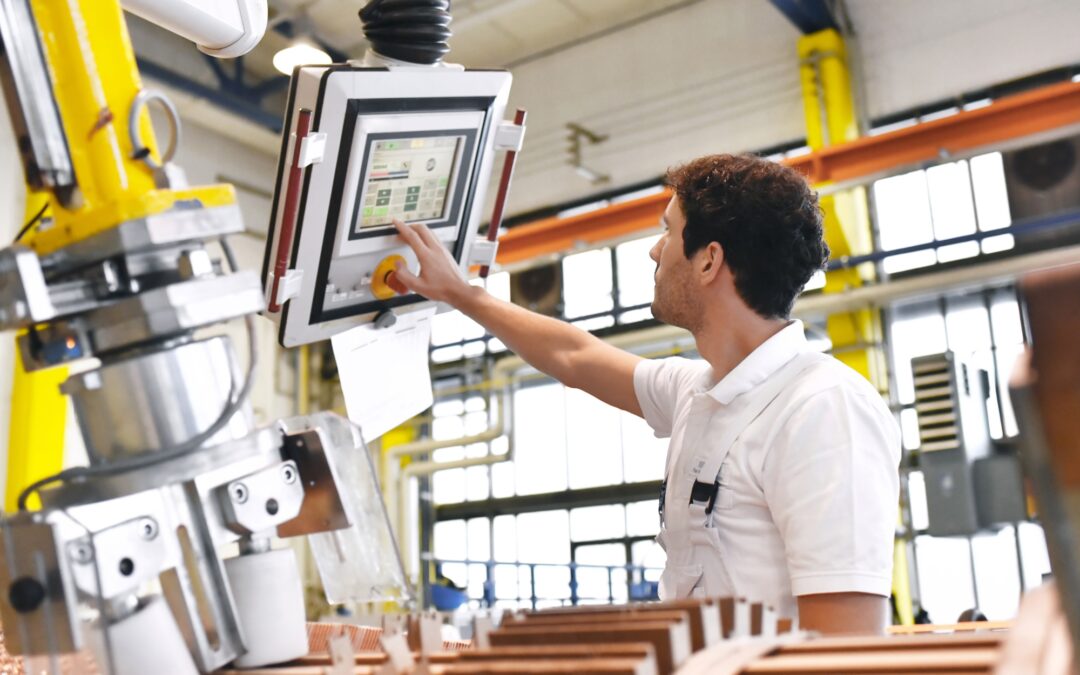Enterprise Resource Planning (ERP) systems are software solutions designed to bring all business processes into the one integrated platform. Data is entered only once and updated across the system. Why is an ERP system critical to production management?
Remove production stresses with automated stock re-ordering
A cloud-based ERP system can automate stock re-ordering, and be used for re-ordering and monitoring raw materials for final products. This reduces the risk of delays in production and eliminates the need for manual monitoring of inventory levels, freeing up staff to focus on other tasks. Automated alerts and notifications can be triggered when your stock reaches a certain level. Your ERP system will generate an automatic notification to the relevant department or individual employee, indicating that it’s time to replenish the stock. The notification can be sent via email, SMS, or through the ERP system’s messaging setup.
Increase the visibility of stock levels and data-driven decision-making
An ERP system gives you real-time visibility in your production processes to identify and address issues before they become major problems. This reduces the risk of production delays or downtime and allows for more efficient production planning and scheduling. Your ERP can also help your business optimise inventory levels by providing real-time visibility into stock levels and usage patterns allowing for more accurate demand forecasting, and avoiding excess inventory, which can tie up capital and lead to waste. The data ERPs provide, on all aspects of your business can be used to make more informed decisions about production processes, resource allocation, and supply chain management reducing the risk of costly errors and improving overall operational efficiency.
No more spreadsheets
Using an ERP will provide a centralised inventory management system, allowing you to view stock levels of all locations in real time. Every section of your business has access to real-time data, in a centralised location for storing and managing data, eliminating the need for redundant spreadsheets or manual data entry, which can be time-consuming and prone to errors.
Track stock in multiple locations
An ERP system can also help manage your warehouses across multiple locations. It can assist in the organisation of warehouses, making sure that each product is in the right storage location. This helps your staff minimise the time it takes to locate products and reduce the chances of misplacing them. In addition, using barcode scanning and tracking technology to track stock movements helps identify where a product was received, where it is currently stored, and where it was shipped to.
Real-time reporting
By implementing an ERP system, you have access to real-time reporting that enables you to monitor and track your business’s key performance indicators (KPIs) in real time. This eliminates the need for manual data entry and ensures that reports are accurate and up-to-date. Real-time reporting on inventory levels across different locations can help you make informed decisions about inventory management for example when to order more products, which products are selling faster, and which products not selling well.
Want to find out more about stress-free production?
For more than 30 years Acacia has provided business process management solutions to businesses, delivering ERP systems to a variety of businesses, with a strong understanding of the many facets of the production process. Our focus is on optimising and improving the operations of your business. If you are interested in finding out how Acacia can help your business, please contact us to find out more.

